 Abraham Lincoln
If given the truth, the people can be depended upon to meet any national crisis...
Abraham Lincoln
If given the truth, the people can be depended upon to meet any national crisis...
 Guildford news...
for Guildford people, brought to you by Guildford reporters - Guildford's own news service
Guildford news...
for Guildford people, brought to you by Guildford reporters - Guildford's own news service
Birdwatcher’s Diary No.173
Published on: 11 Nov, 2018
Updated on: 11 Nov, 2018
By Malcolm Fincham
A temporary change in the weather across Surrey on Sunday, October 14 brought a day of steady rain, dampening my hopes of birdwatching.
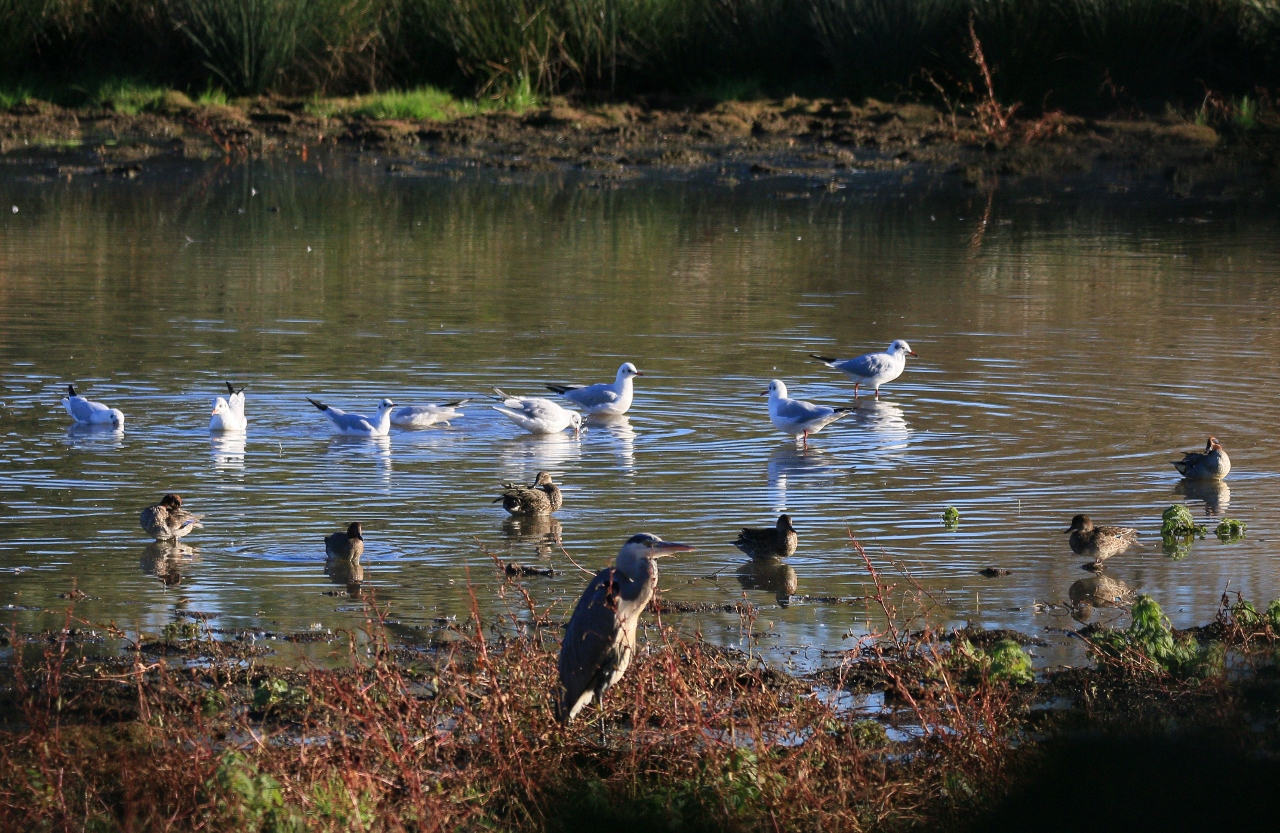
Black-headed gulls, teal on and a grey heron on the scrape by Stoke Lock. Click on pictures to enlarge in a new window.
By the following week, mostly, dry weather returned. It attracted a few black headed gulls, a few wintering teal and even a grey heron, on to the shallow pool called the ‘scrape’ near Stoke Lock.
Along the towpath a dunnock perched up nearby.
By the lock gates was a grey wagtail.
A resident kestrel was getting the usual harassment from the local “gangster” magpies.
While a common buzzard wasn’t getting it all its own way either as I watched it drift across the river, chased by two crows.
Along the boardwalk a robin perched, singing its usual favourite song.
Another grey heron sat in its usual spot on the island at the southern end of Stoke Lake. On this occasion, however, “eyes bigger than its stomach” was an apt idiom (one I recalled being told in my youth), as I watched it attempting to swallow something that was, sure enough, making its neck bulge.
Also renown for its greediness, a common sighting of a cormorant could be viewed as it flew across the lake.
In a hawthorn, in the field at southern end of the lake a meadow pipit perched, as darkening clouds loomed to the north.
It wasn’t too long after that I was looking for shelter as a heavy shower passed through. In its wake a glorious double rainbow appeared across the lake.
 Alas, although its rays could be seen touching the bank of the lake, as much as I tried, no leprechauns nor pots of gold could be seen there. My reward, however, was a worthy one.
Alas, although its rays could be seen touching the bank of the lake, as much as I tried, no leprechauns nor pots of gold could be seen there. My reward, however, was a worthy one.
Flying low across the lake and glistening in the late afternoon light was a kingfisher.
Colours shimmering in opalescence and shades of shiny blues as it passed through the lengthening shadows cast on the water. Struggling to focus my camera as it sped across the water, I even managed what I felt were a few reasonable shots.
To my added delight, it perched up not far from where I stood.
I patiently watched as its own gaze was fixed on the water. It then took a dive, giving me the opportunity of what I felt was my best photo.
On its return it had caught a small fish that it held in its beak.
As light began to fade I made my way home. Flocks of jackdaws were making their daily return from all points of the compass from their day’s foraging in the fields around Guildford.
Making their “tchaayk” sound from which they get their names, they descended into the sewage works just beyond Stoke Lock.
After a ritual of which sounded like they were catching up on conversations about the day gone by, they took flight in unison in a flock of over 700 birds; this time to go to their roosts nearby.
On October 24 as night fell, I felt duty-bound to pause for a few moments as a full moon rose in its eastern quarter of the sky.
Known as a hunter’s moon, the first moon after the harvest moon is so named as the preferred month to hunt summer-fattened deer. Like the harvest moon, the hunter’s moon is also particularly bright and long in the sky, giving hunters the opportunity to stalk prey at night. Probably because of the threat of winter looming close.
A visit to Newlands Corner, with my long suffering wife, allowed her to take in the wonderful views across the Surrey Hills, while I walked the short distance to checkout the feeding station, situated near the visitor centre. A variety of the usual garden birds can often be seen there.
These included goldfinches.
As well as blue tits.
Great tits.
Chaffinches.
A couple of nuthatches also came to visit.
The stars of the show had to be the marsh tits that often make an appearance there.
A I made my return to the car I spied a greenfinch, perched a little way up a tree, posing for a photo.
In a tree near a little higher up from the greenfinch a bullfinch was perched.
As I scanned the tops of the trees behind the visitors centre, I became aware of bird perched high up on the line of sky above. “Surely a brambling” I decided as I set my camera lens to maximum for a record shot.
There have been reports of a recent irruption of wintering bramblings from across the North Sea, with numerous sightings locally. It set me on a pioneering mission to Sheepleas the following day in the hope of seeing a few more.
It was another glorious day of sunshine although too late in the year to seek butterflies there. With the warmth of the sun on my back, as I watched a red kite glide over in the blue sky, for an instance it felt as though summer had returned.
Breaking what was becoming a daydream, were three ring-necked parakeets, squawking as they flew overhead.
The sound of several marsh tits could be heard, even catching a few photos of one.
The “seeping” sounds of redwings could also be heard, catching fleeting glimpses of some of them as they flew through the canopy of trees that surrounded me. Eventually I managed to get a photograph of one as it perched in a tree, out in the open.
Fortune finally came my way while walking along a footpath, overhung by trees. In the shadows a small group of birds could be seen, feeding on the ground, among the fallen beech leaves. I counted at least four bramblings, a nuthatch and several chaffinches.
Attempting to get closer for better pictures, they took flight from the path. Fortunately, they hadn’t flown far.
I was able to get some better pictures as they briefly perched up in a tree, just a little further down the track.
Similar in size and shape to the chaffinch, the male brambling has a black head in summer, and an orange breast with white belly. In flight it shows a long white rump.
Adding to the day list was a flock of fieldfares that have also flown over the North Sea in good numbers to winter here.
On October 28 I visited Effingham Common with good friend Bob. The weather had turned much cooler by then. A breeze from the north, carrying cold showers of rain, passed through the Surrey Hills.
Walking down a wide track through the forest with tall pines either side of us, it wasn’t too long before we heard our first bird sounds. It was the “seep, seep” sound of redwings, flying overhead.
Although catching glimpsed views as they flew in a small flock over the treetops, they were too quick for my camera.
Another unmistakable sound could also be heard, a little distant at first, though heading closer. “A flock of crossbills” we called simultaneously as we wondered if, or when, the might appear.
Captivated by the eventual sighting, we watched counting at least 20 as they flew overhead, continuing to make their “in flight” “glip, glip” sounds.
To our surprise and delight they dropped down on to the tops of the trees a little way down a slope, not too far away, and out in an open clearing in the woodland. Most of them had landed in several pine trees that stood out alone. Immediately picking off pine cones with their “evolutionary” adapted crossed-over bills, that assist them to prize out the seeds, and for which they get their name.
Sexually dimorphic in colouring, the adult males are brick red.
Whereas females tend to be a yellow or greenish colour.
Adding to the day’s list, was a group of fieldfares, nearby, feeding on yew tree berries.
I ended the month taking a walk for an hour or so along the top of Pewley Down. I recalled the brown hairstreaks I seen there on my previous visit, on what felt like just a few weeks ago. On this occasion the only butterfly I saw was a red admiral, braving the warmth of the sun on the hillside.
The rather confiding kestrel was still present, having seen it on numerous previous visits. Perched in a yew tree, it did not appear bothered by my presence. Accustomed no doubt to the volume of dog walkers, ever present.
No disrespect to the ones there that day as I too was walking my daughter’s rescue dog. However, the kestrel, fully aware of our presence, took a dive into the long grass in an attempt to catch its prey. Unsuccessful on this occasion, it returned to a tree nearby.
Looking out on the northern side of the downs, the lengthening shadows added a noticeable chill to the air. Cardwells Keep, formerly Stoughton Barracks stood out perceptibly among what appeared to be a surprisingly tree-clad Guildford landscape.
Responses to Birdwatcher’s Diary No.173
Leave a Comment Cancel replyPlease see our comments policy. All comments are moderated and may take time to appear.

See Dragon story: GBC’s Explanation of Major Land Sale Notice Error ‘Borders on Arrogant’ Says Councillor




Recent Articles
- Volunteer Organisers for the Poppy Appeal Urgently Needed
- ‘Damning’ Report Debated at Council Meeting – CEO Calls for Councillors to Come Together
- Surrey Children’s Services Improvement Recognised by Ofsted
- Independent Guildford Stationers Are ‘Top of the Shops’
- Birdwatcher’s Diary No.304
- Cyclist Dies in Peaslake
- Surviving Strategic Director Quits to Take Up CEO Role with a West Sussex Council
- Letter: Damning Reports Should Not Be Used to Gain Political Advantage
- New Leader of the Opposition at Waverley
- Surrey Day’s Celebrations Took to the Skies


Recent Comments
- Olly Azad on Mistreated Former Sub-postmasters Receive Standing Ovation
- Barry Jutsum on Letters, Comments, Complaints Policy and Privacy Statement
- Aubrey Leahy on Guildford Police Station to Close – Officers to Move to Mount Browne HQ
- John Ferns on Guildford Police Station to Close – Officers to Move to Mount Browne HQ
- Barry C Williams on Letter: Cross-party Effort Required to Improve Police Resourcing in Surrey
- Anthony Mallard on Guildford Police Station to Close – Officers to Move to Mount Browne HQ
Search in Site
Media Gallery
Dragon Interview: Local Artist Leaves Her Mark At One of England’s Most Historic Buildings
January 21, 2023 / No Comment / Read MoreDragon Interview: Lib Dem Planning Chair: ‘Current Policy Doesn’t Work for Local People’
January 19, 2023 / No Comment / Read MoreA3 Tunnel in Guildford ‘Necessary’ for New Homes, Says Guildford’s MP
January 10, 2023 / No Comment / Read More‘Madness’ for London Road Scheme to Go Ahead Against ‘Huge Opposition’, Says SCC Leader
January 6, 2023 / No Comment / Read MoreCouncillor’s Son Starts Campaign for More Consultation on North Street Plan
December 30, 2022 / No Comment / Read MoreCounty Council Climbs Down Over London Road Works – Further ‘Engagement’ Period Announced
December 14, 2022 / No Comment / Read MoreDragon Interview: GBC Reaction to the Government’s Expected Decision to Relax Housing Targets
December 7, 2022 / No Comment / Read MoreHow Can Our Town Centre Businesses Recover? Watch the Shop Front Debate
May 18, 2020 / No Comment / Read More



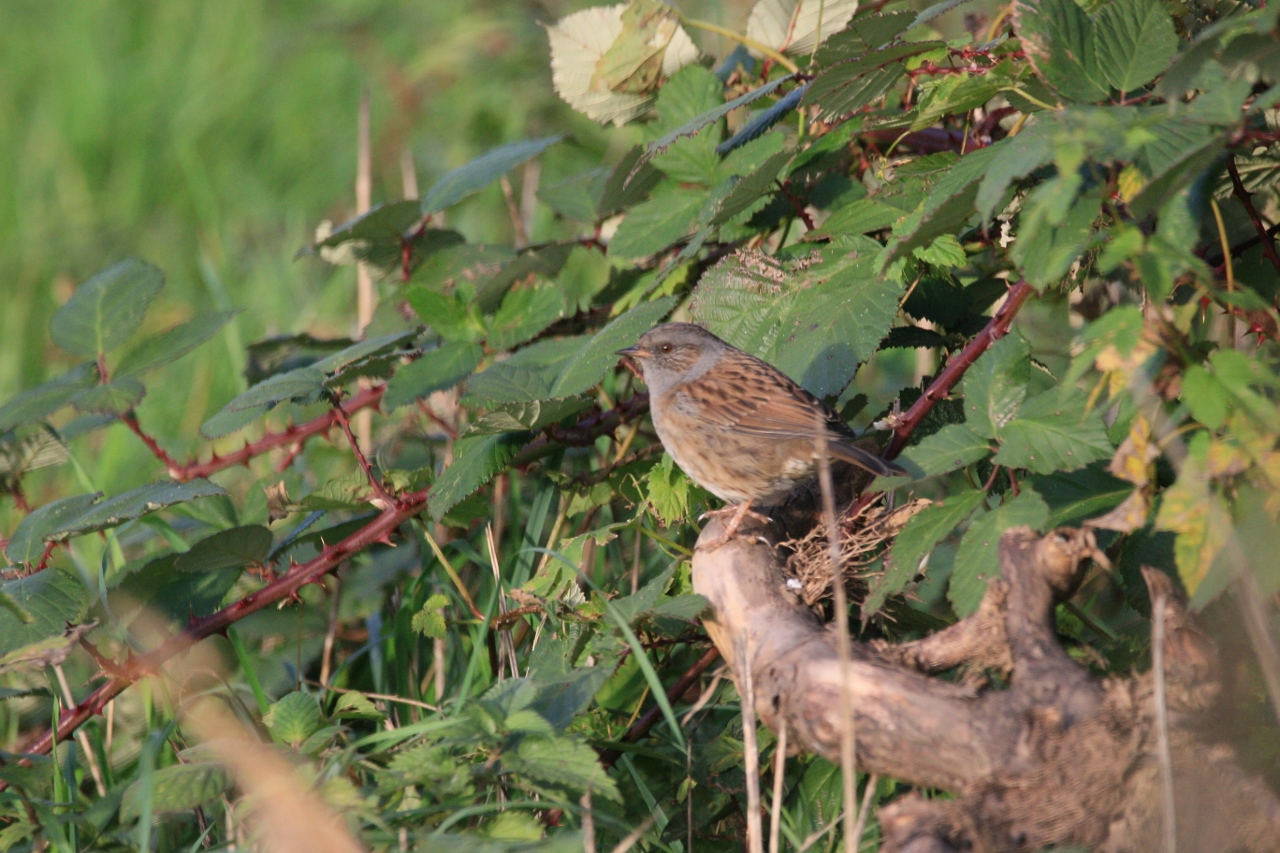
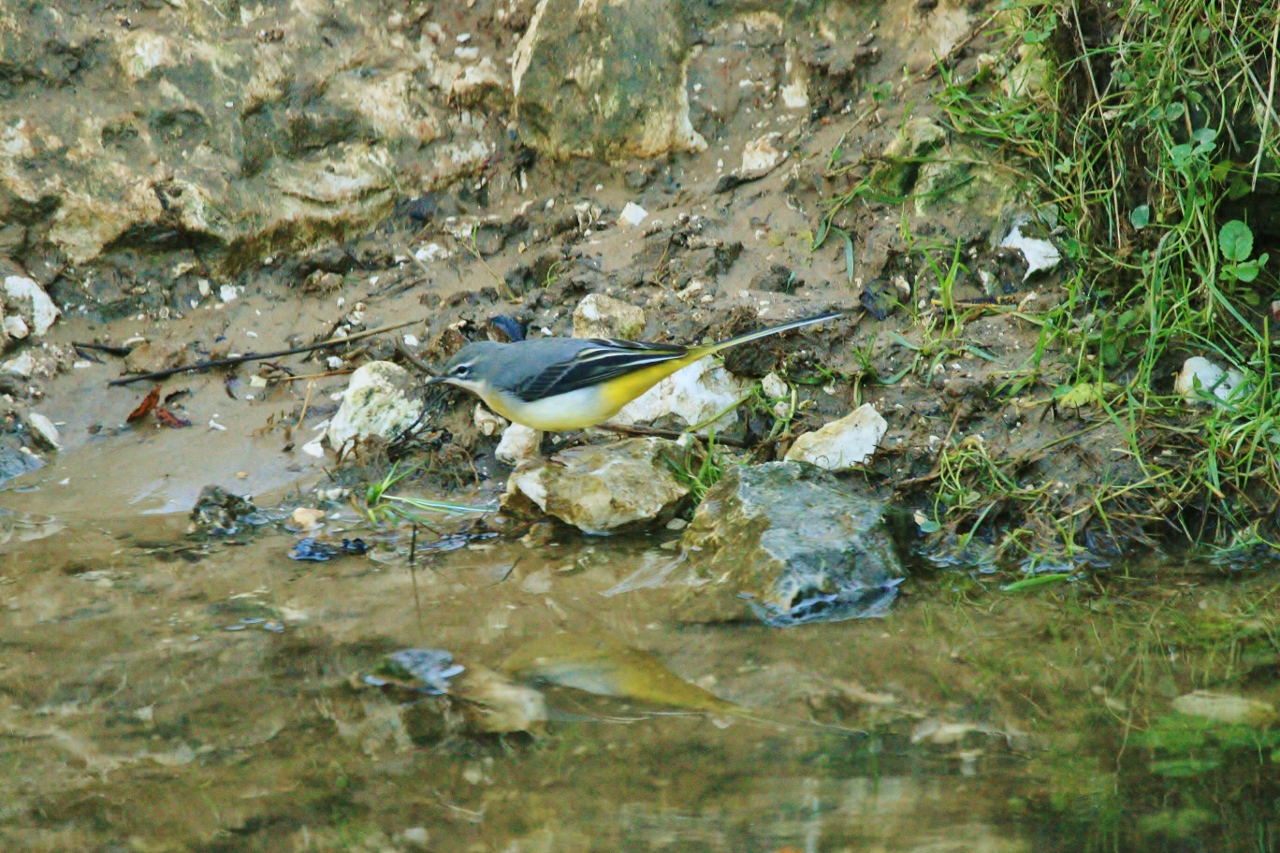
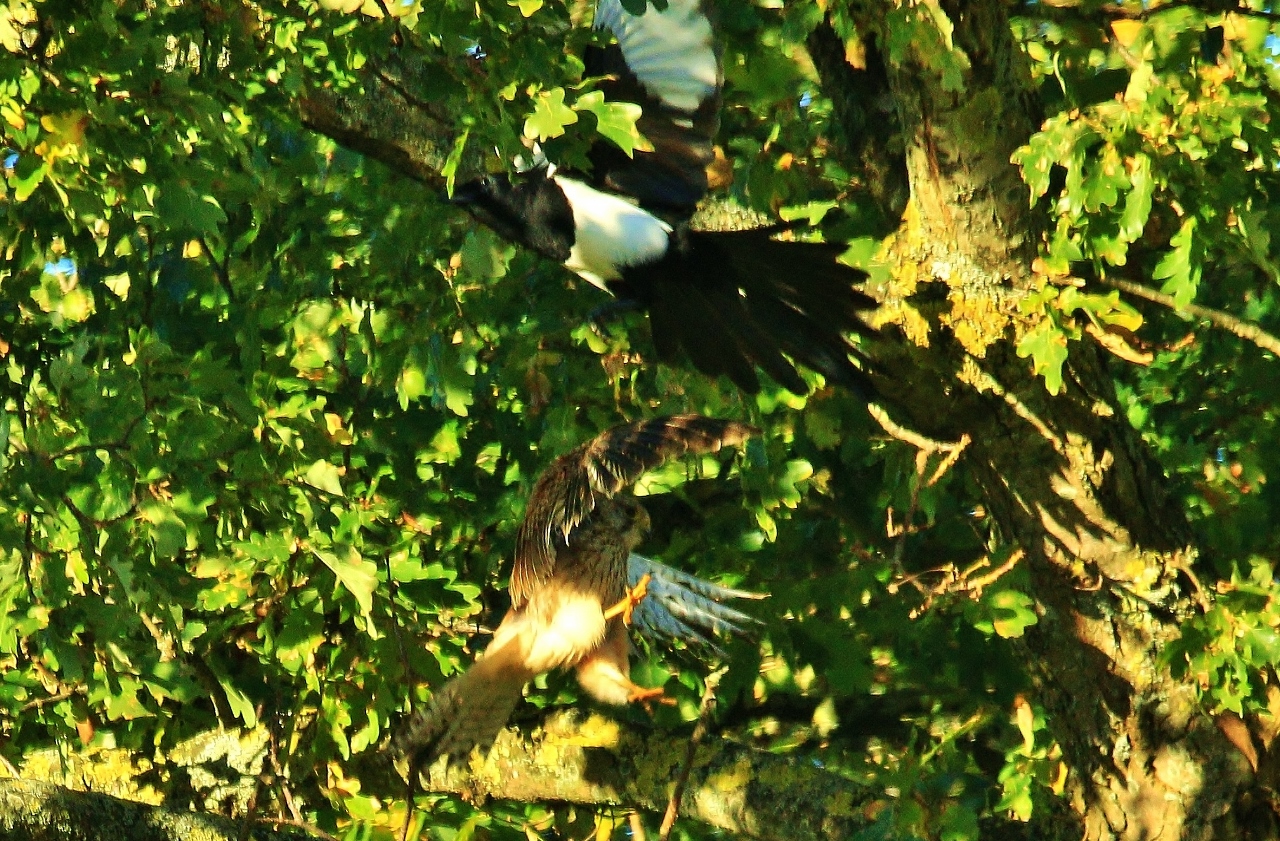


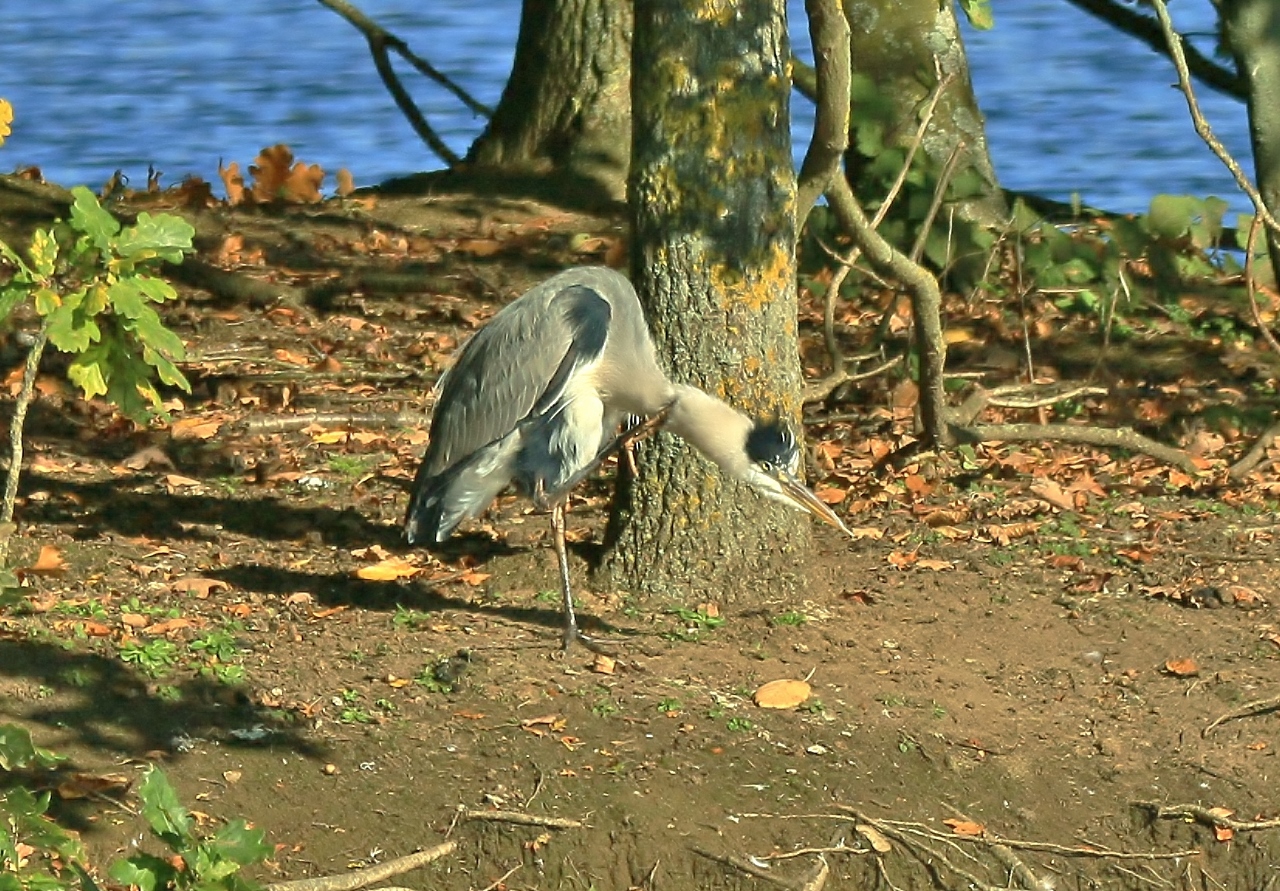
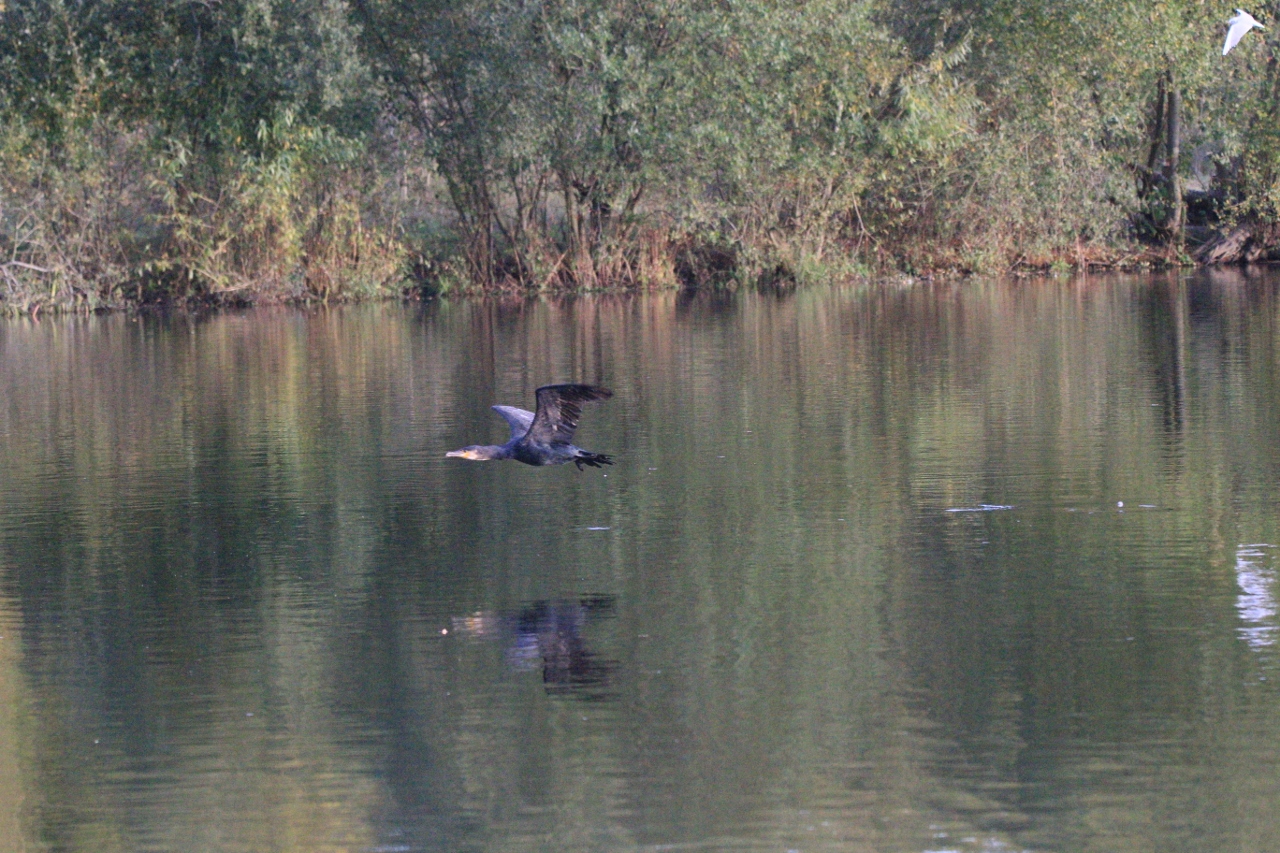

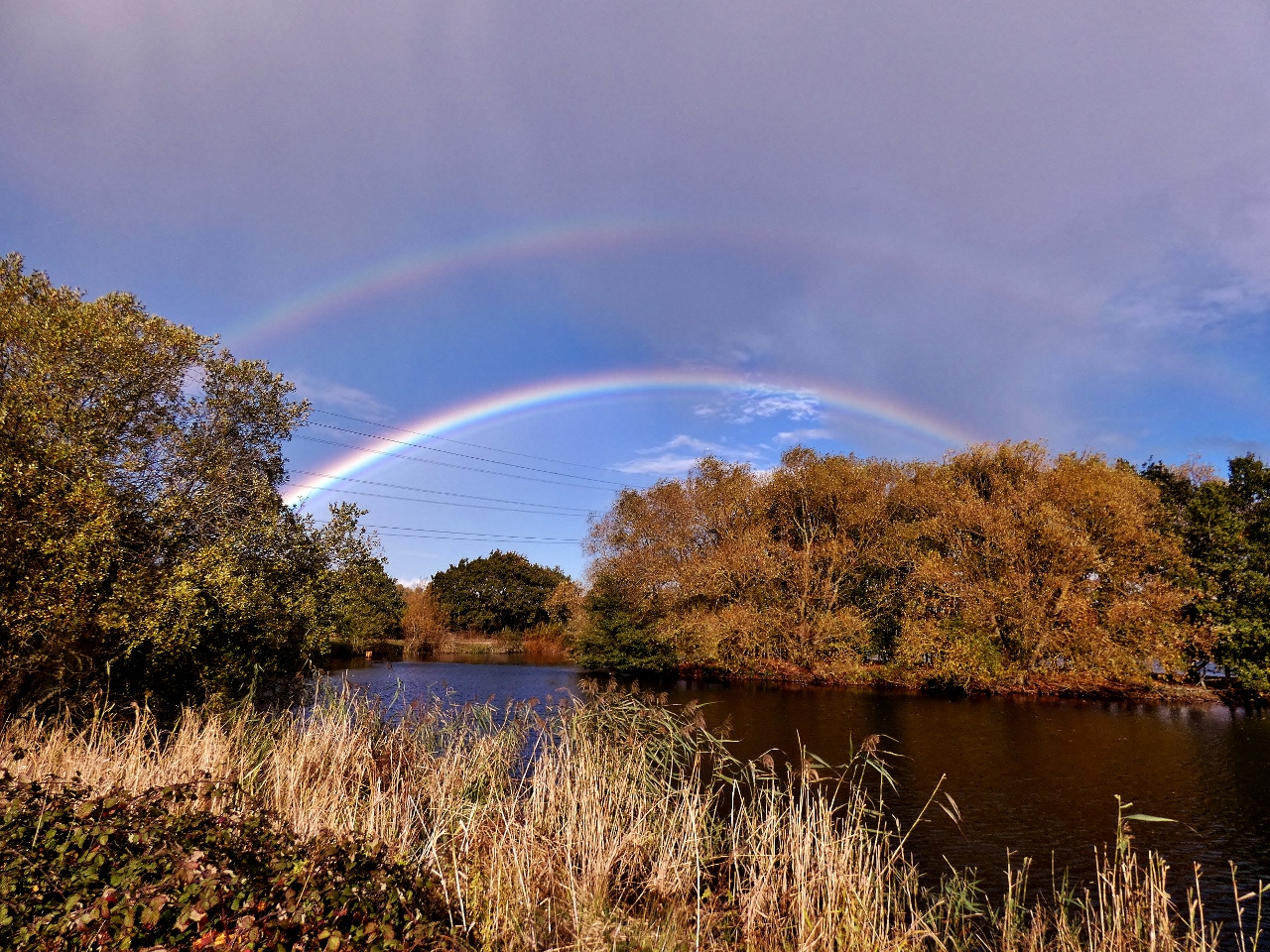
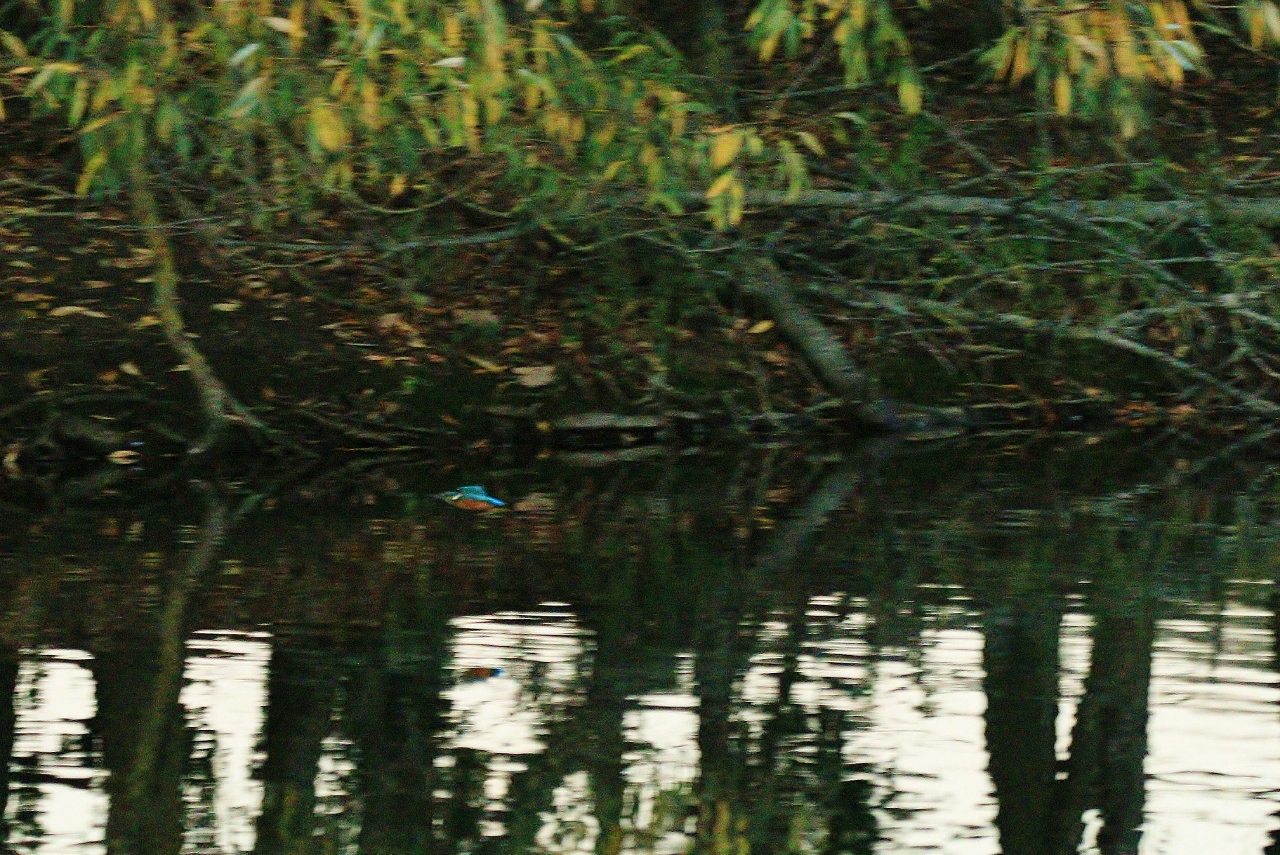
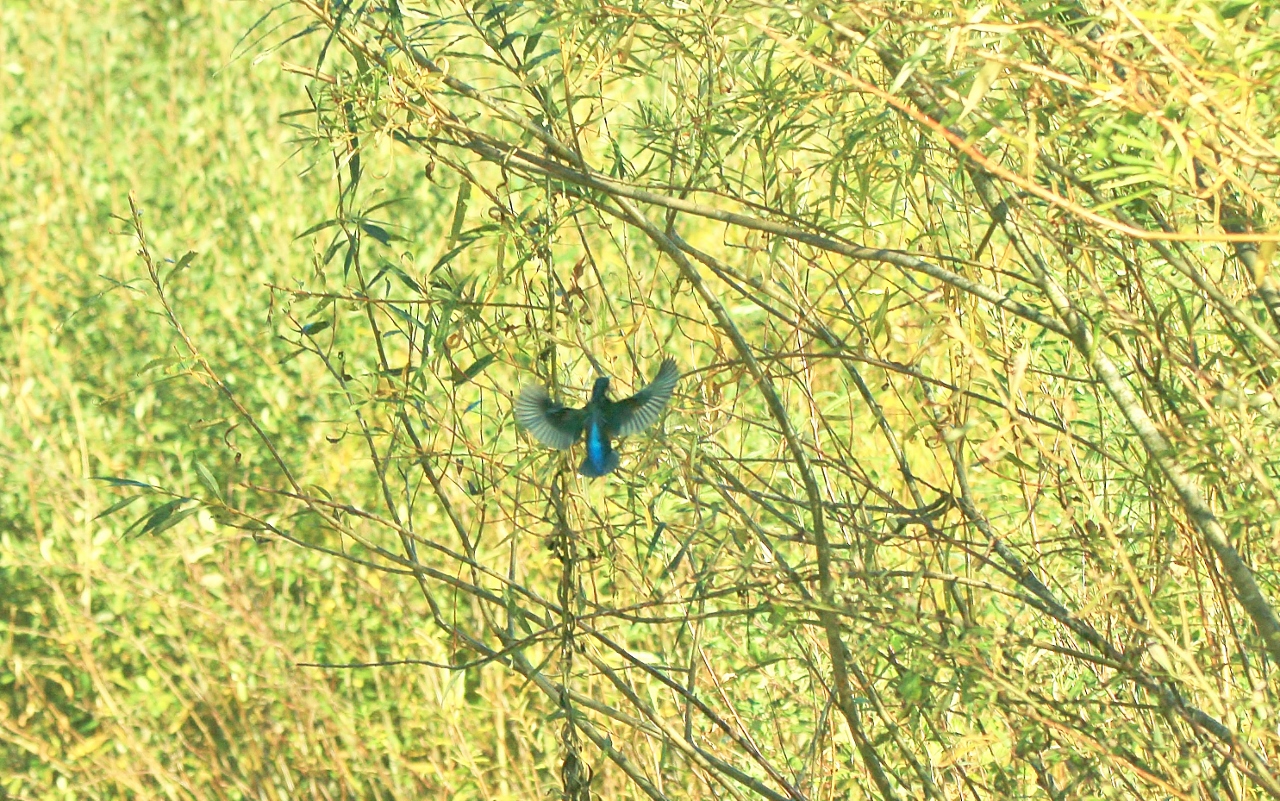
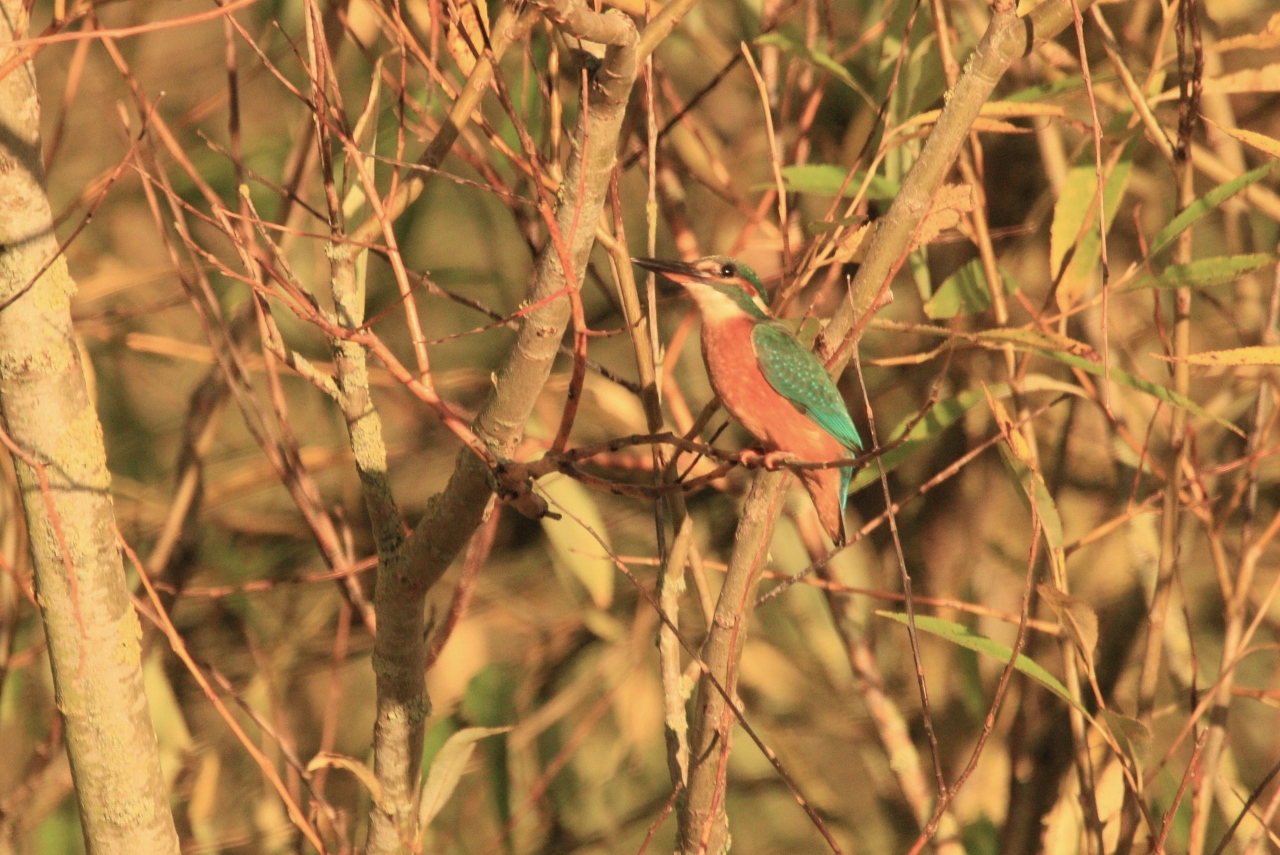
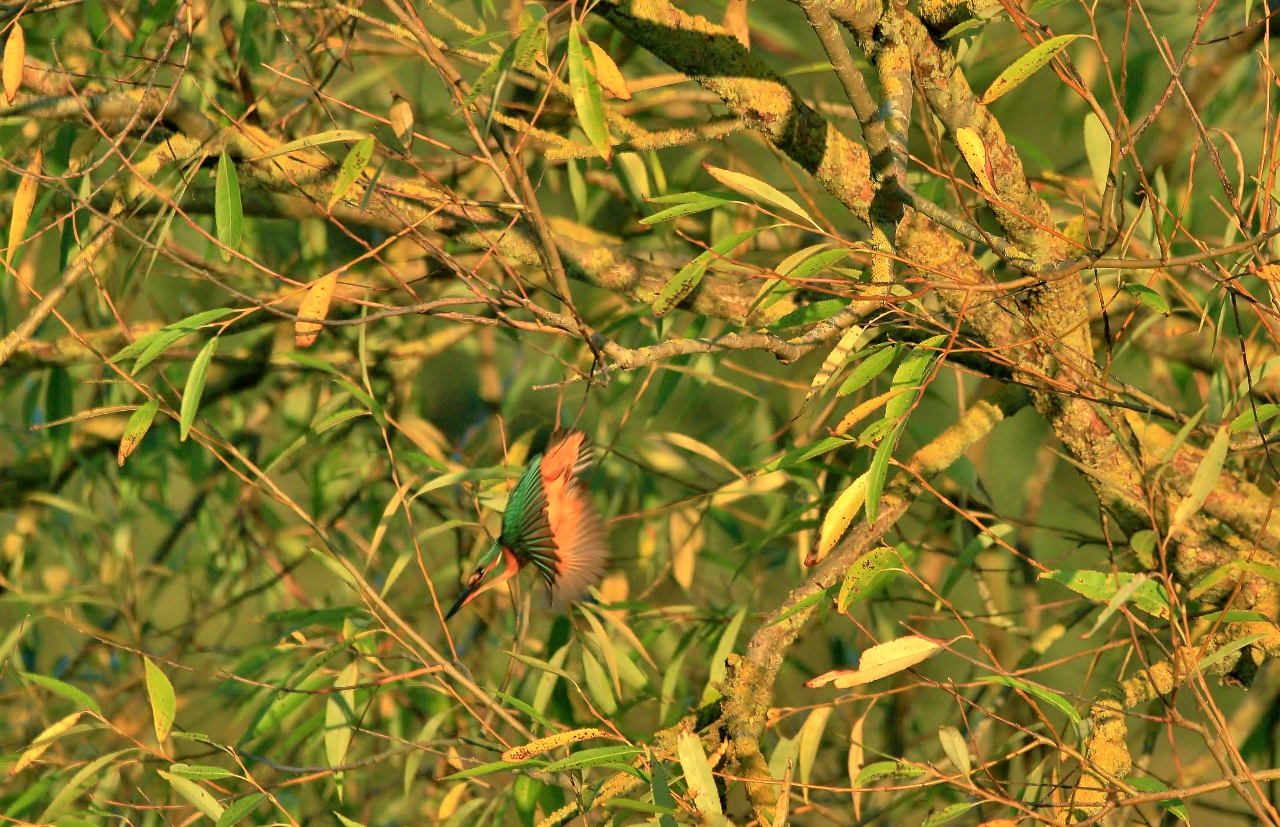



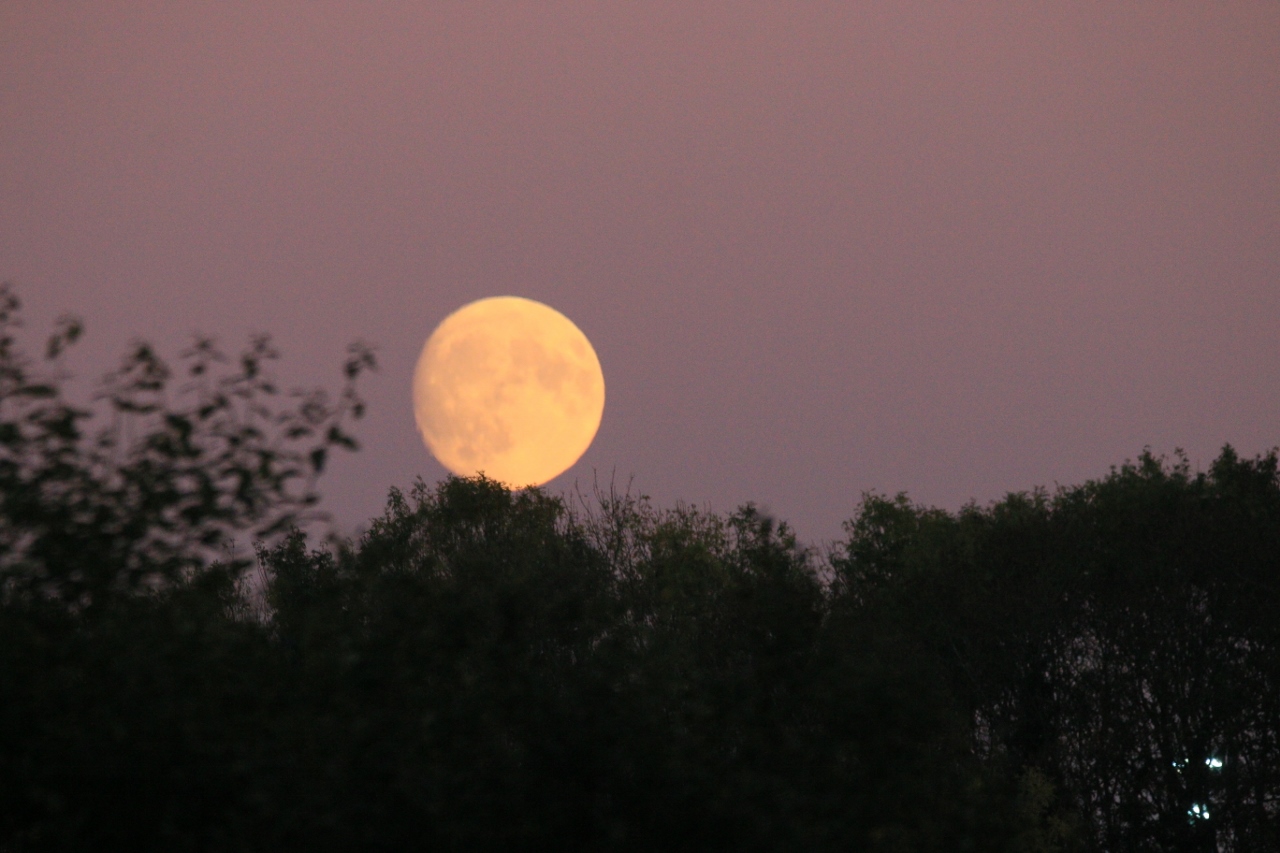


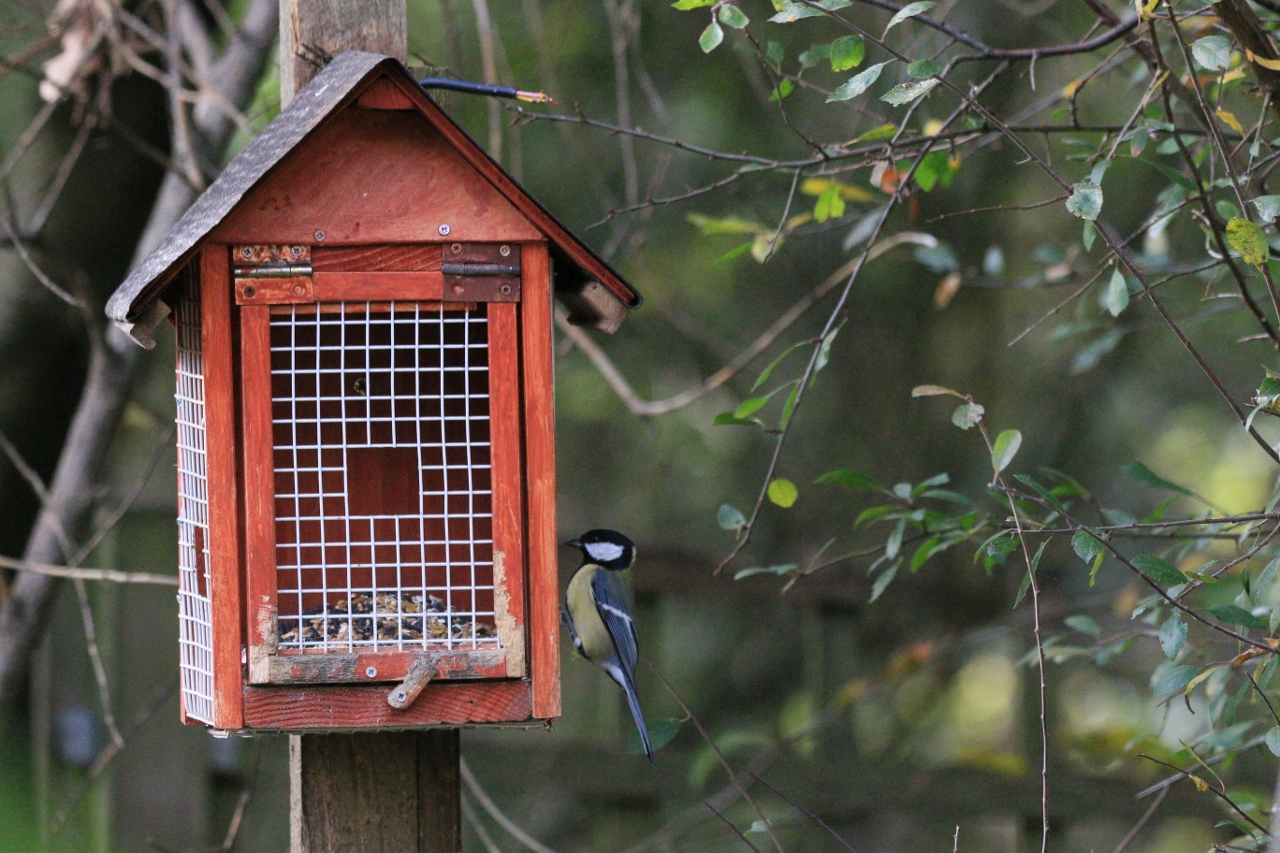
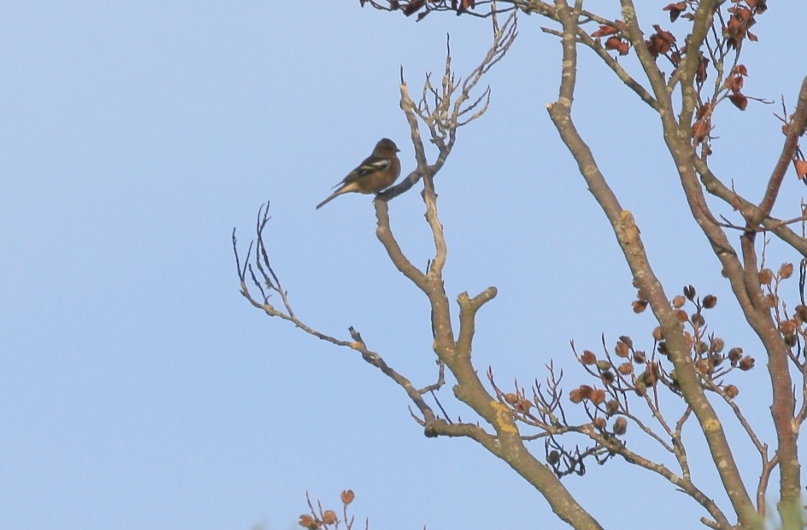

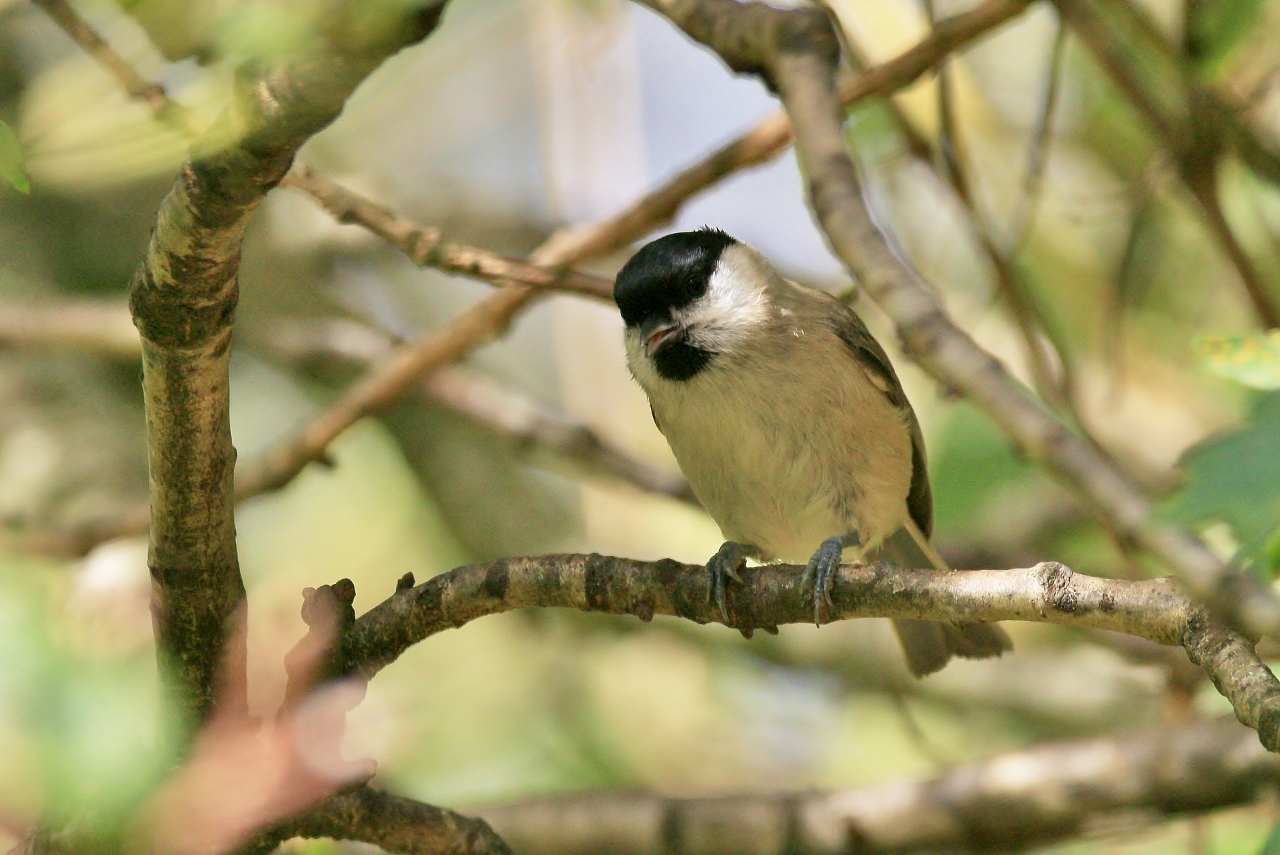

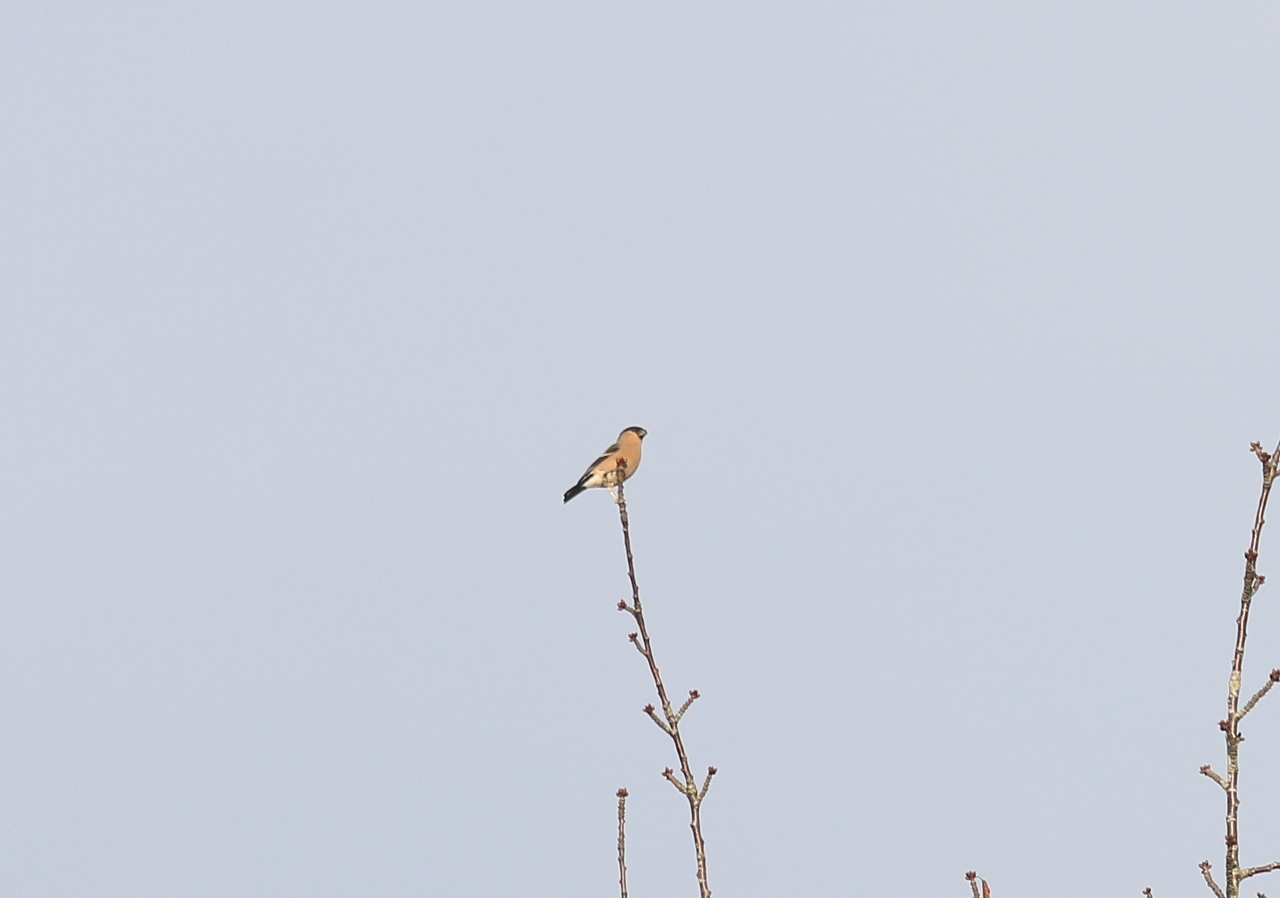


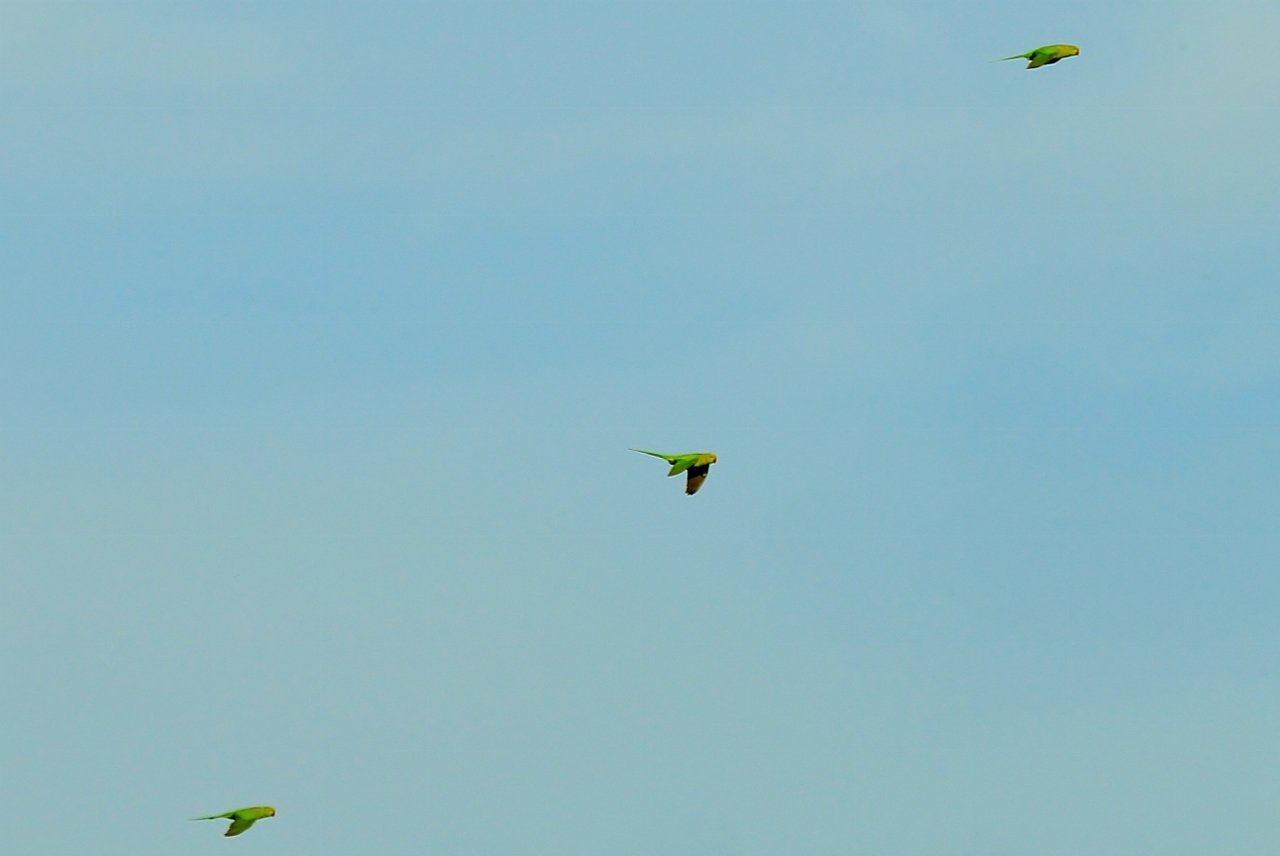
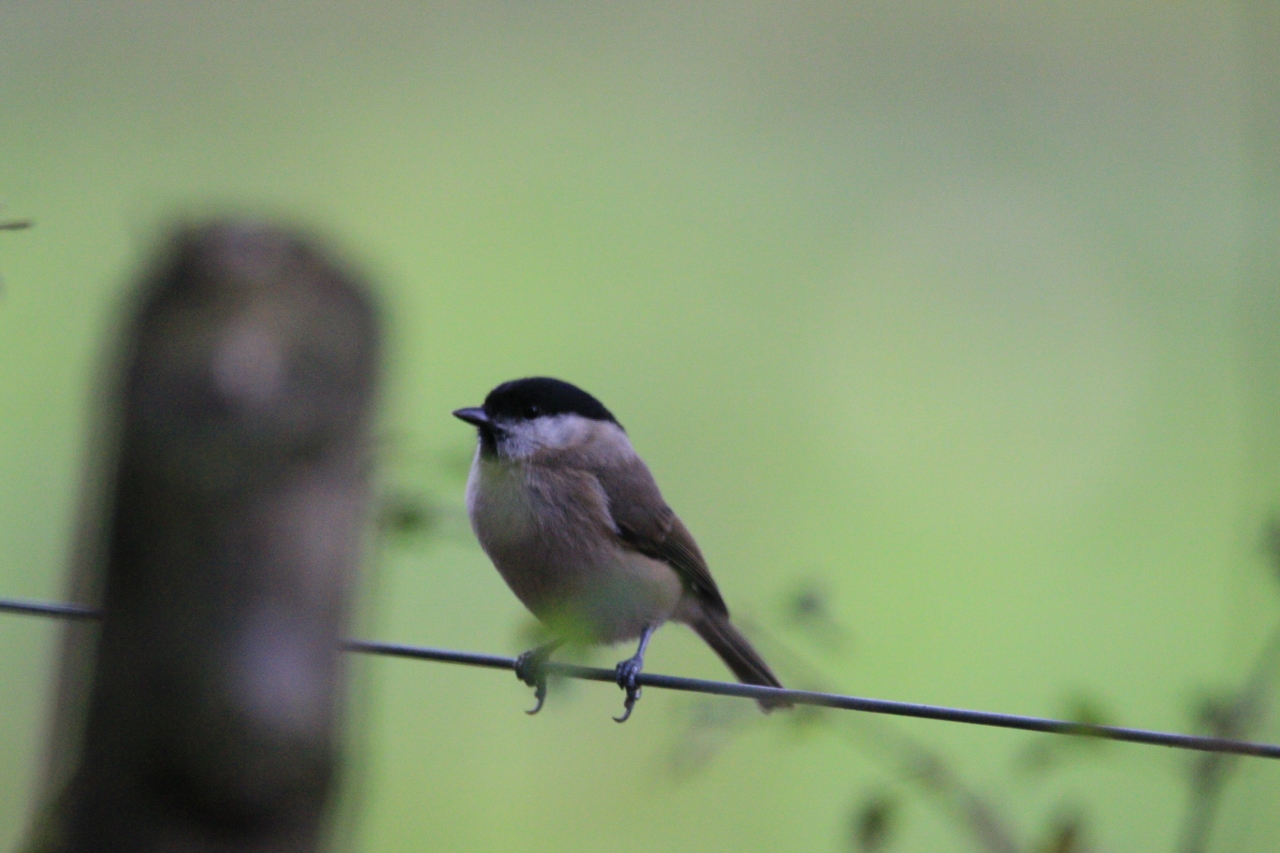

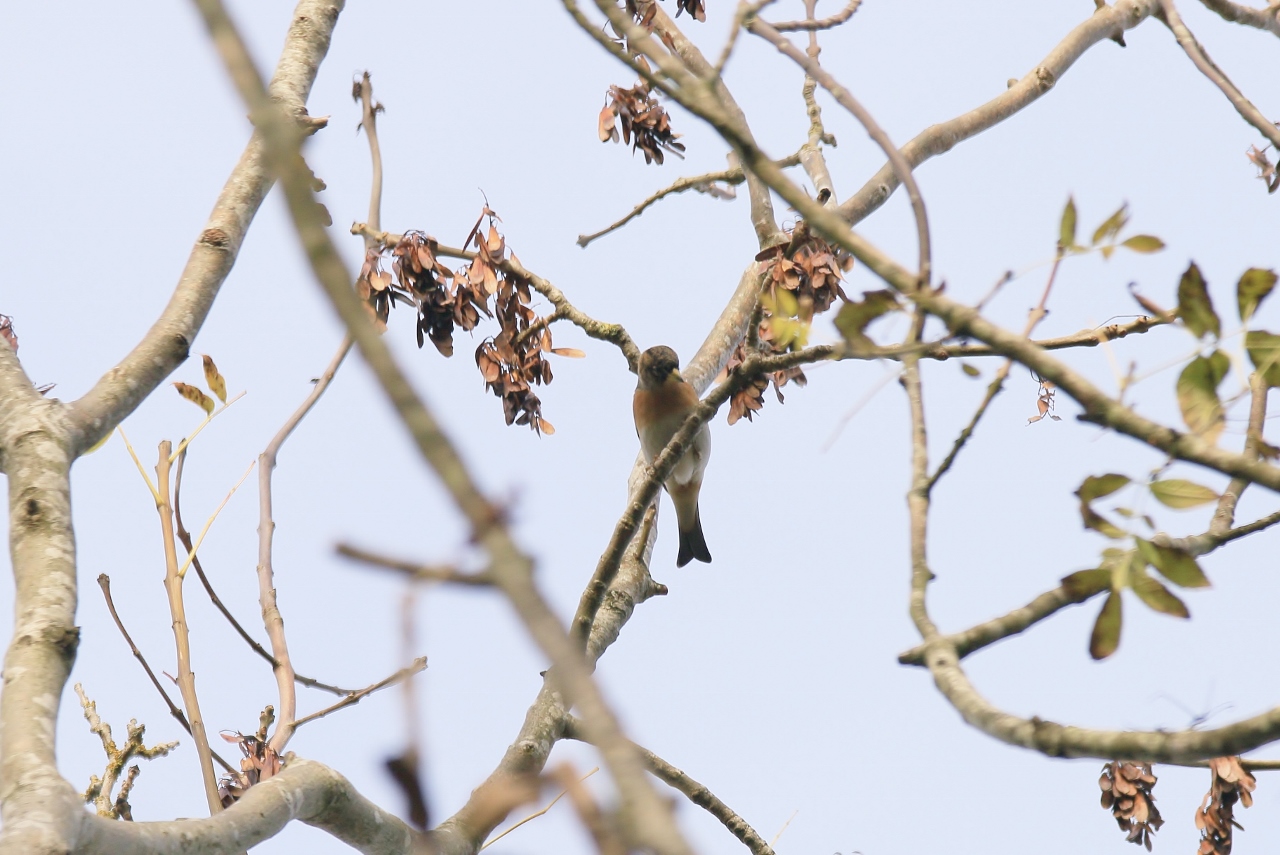



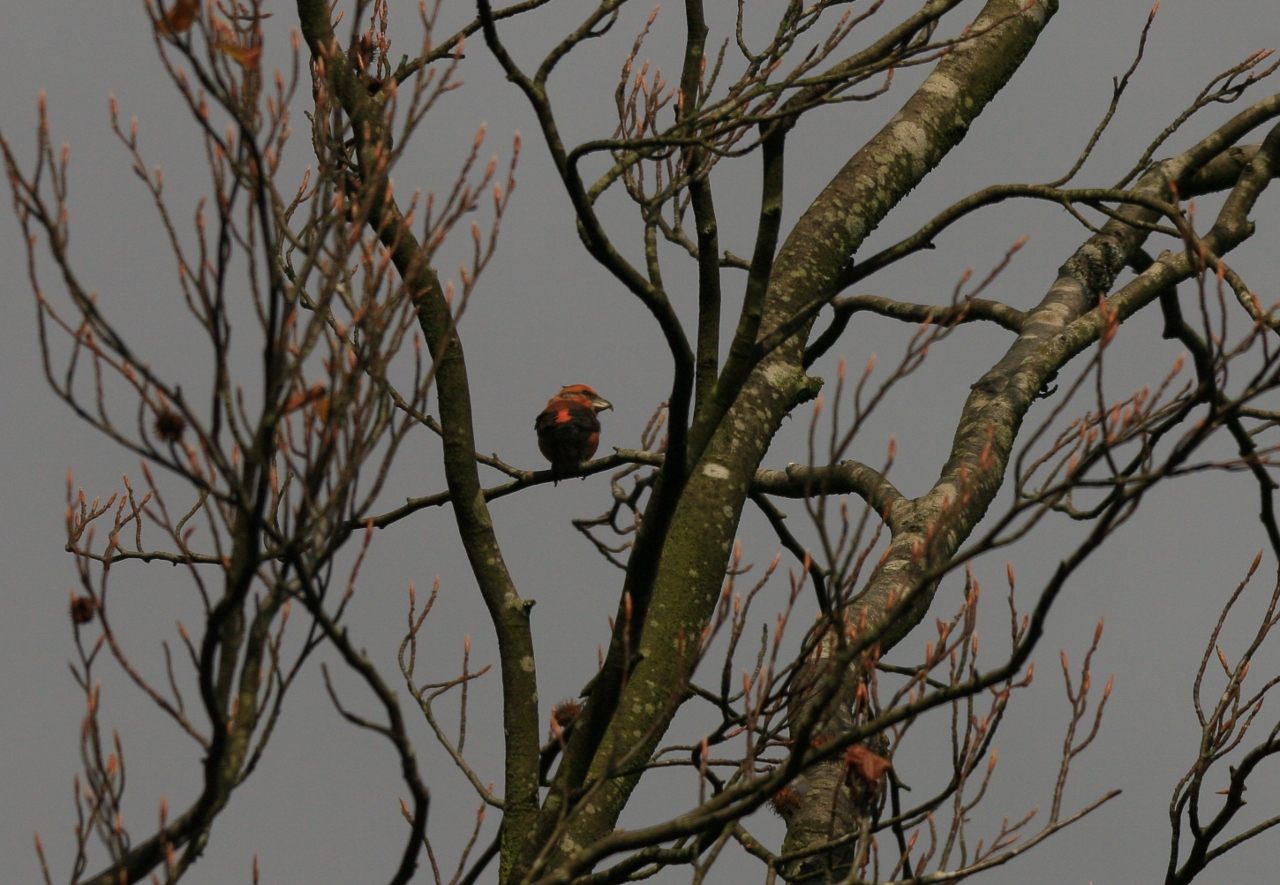


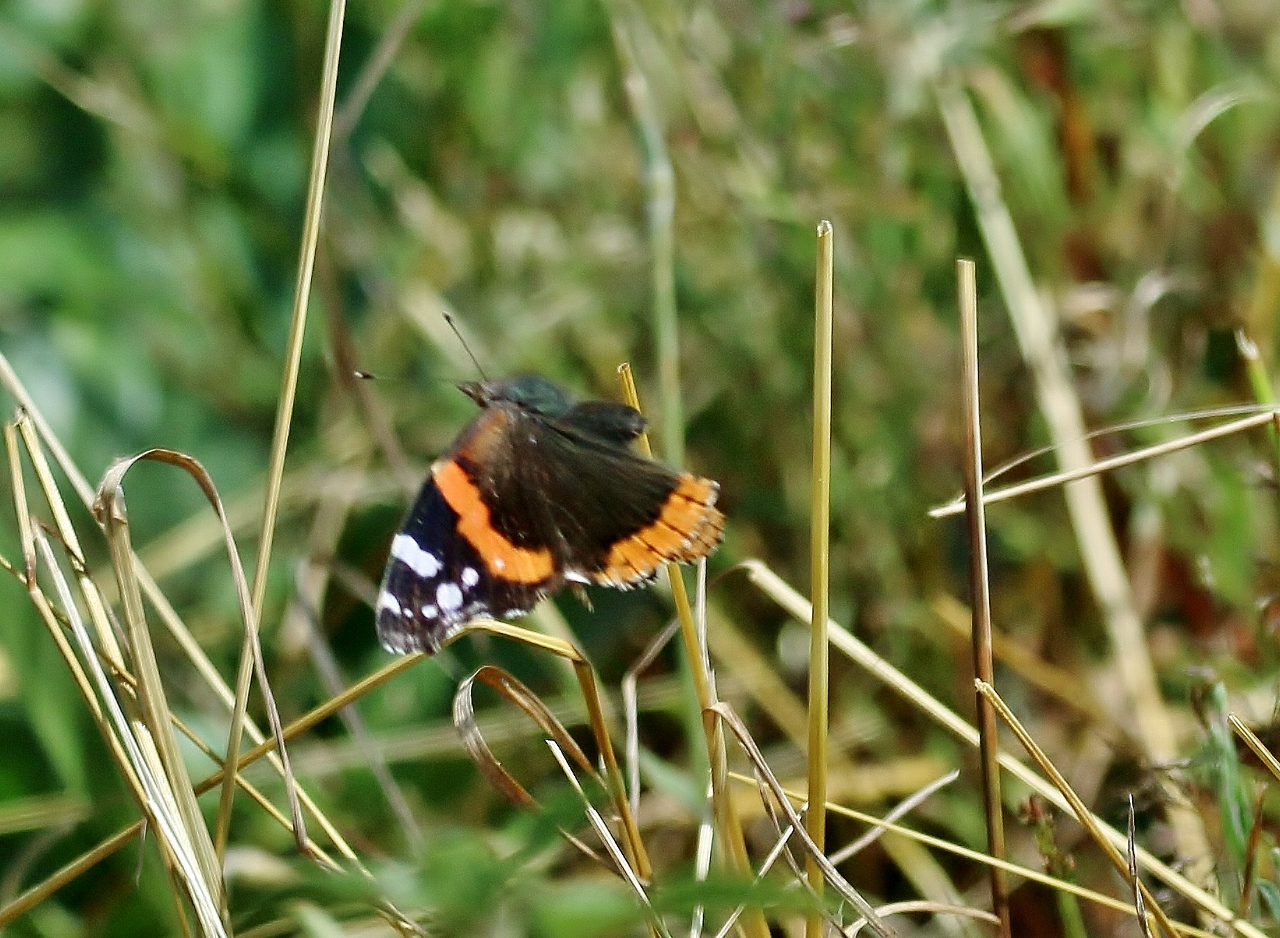
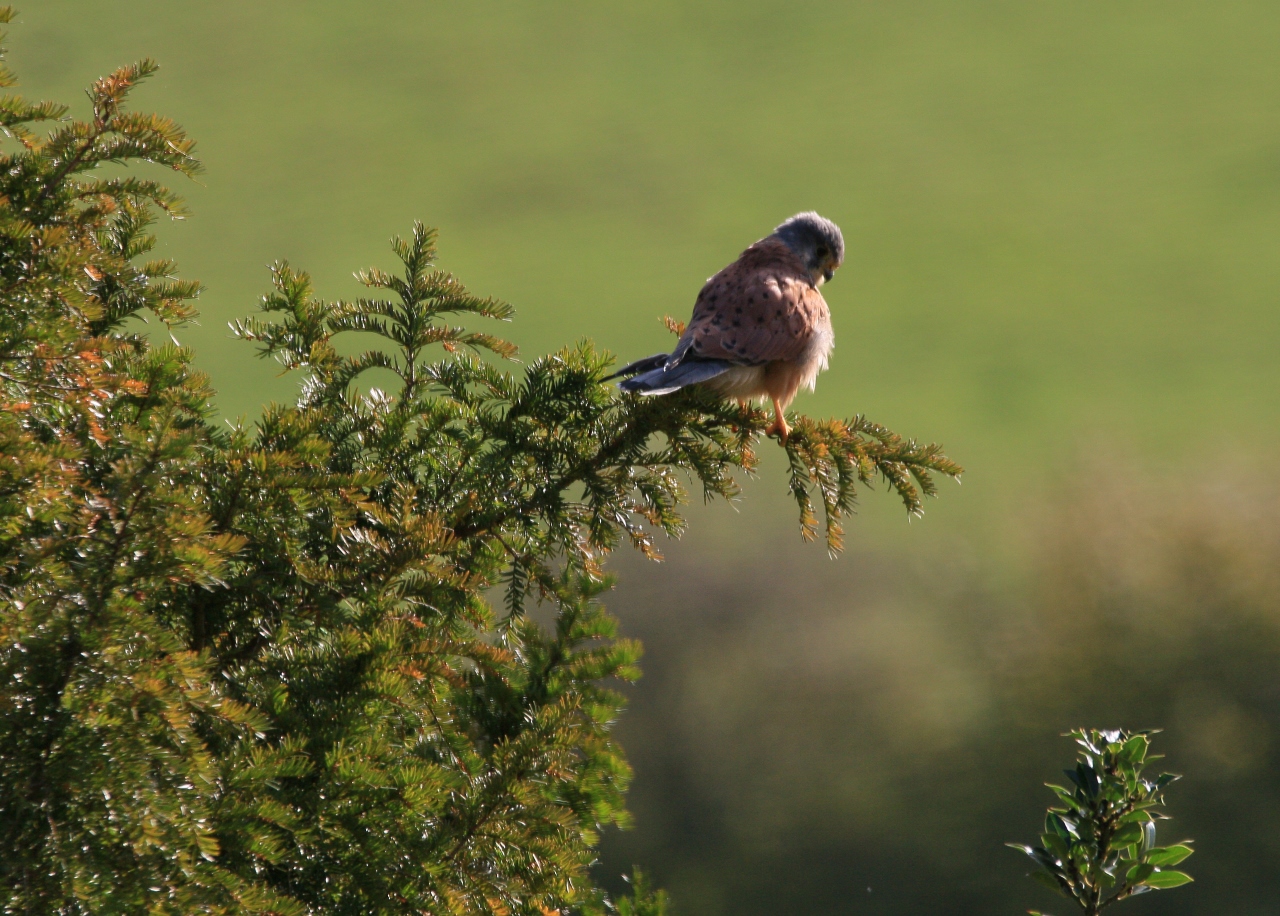
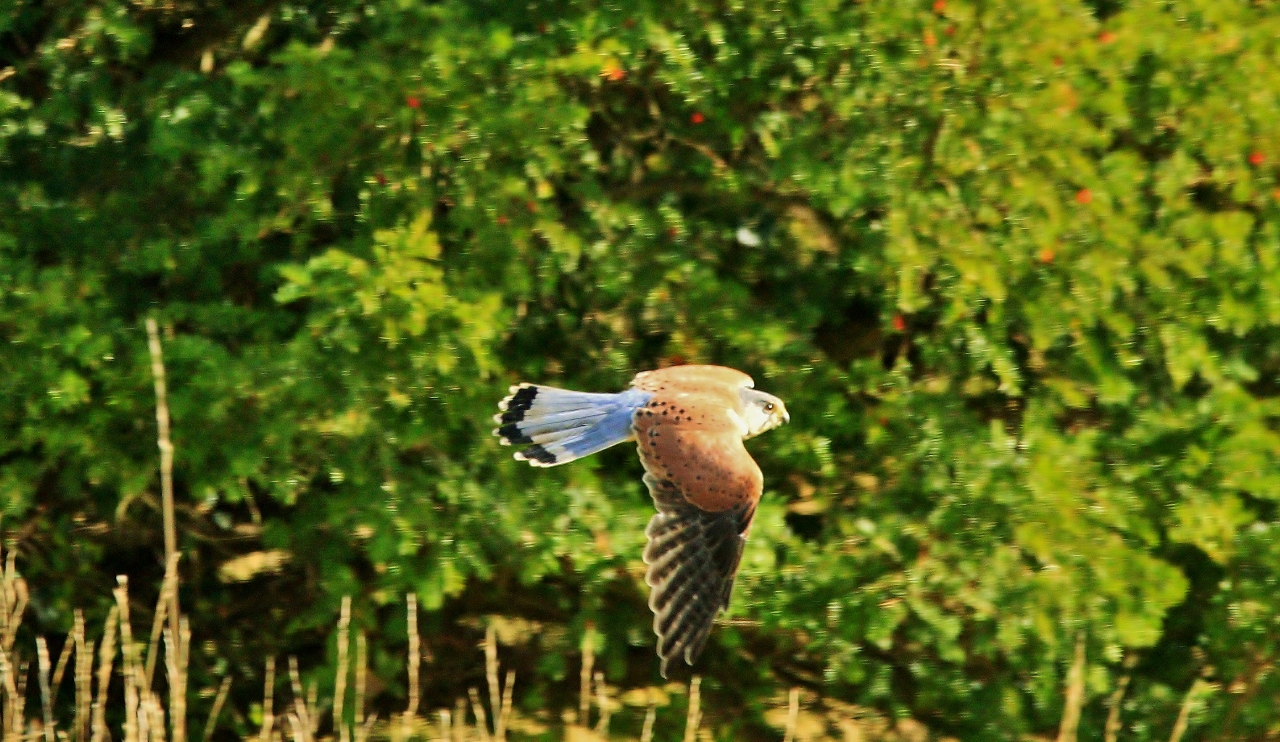




Michael Atkinson
November 12, 2018 at 11:32 am
Your photos inspire me!
Jean Smith
November 13, 2018 at 2:35 pm
What lovely photos – and local ones too. Enjoyed the commentary as well.
Thanks.